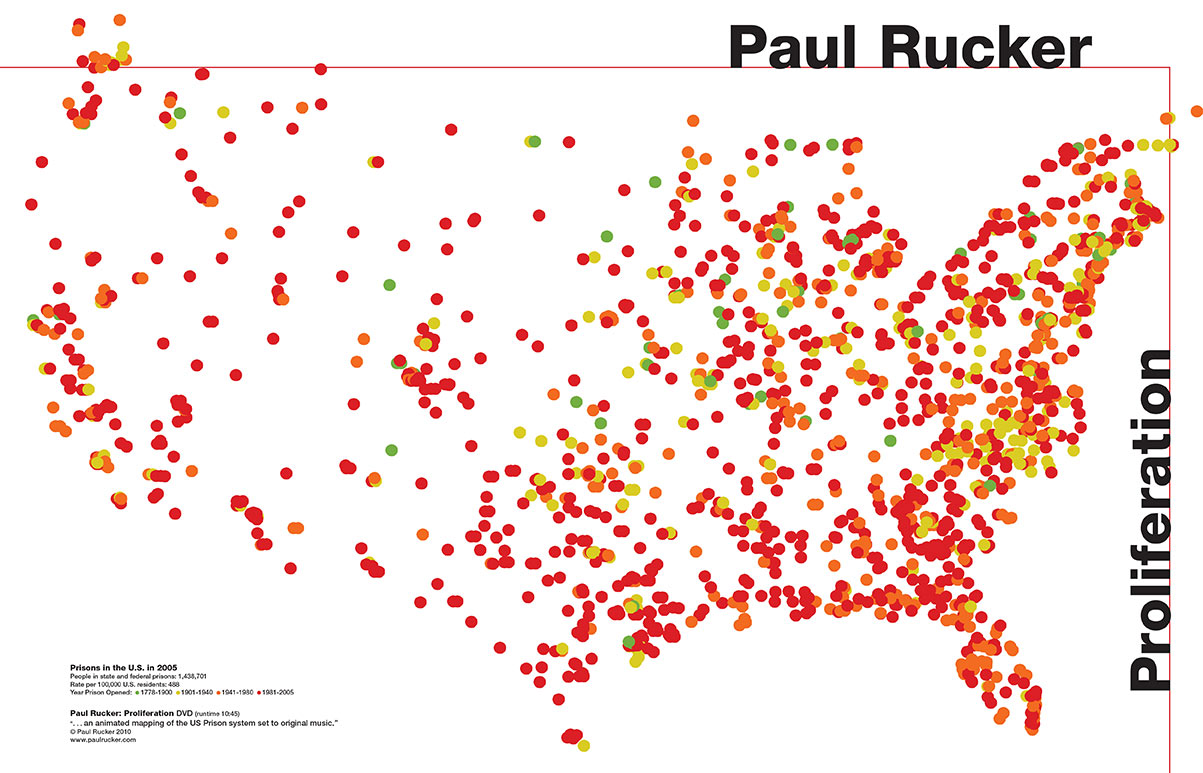The camera, or any image, renders “reality” unreal, out of time and place. It turns subjects into objects, autonomies into heteronomies, freedoms into incarcerations. There is some truth to the belief of some indigenous people that the photo is a technology that steals souls.
But the photograph can also transubstantiate. Through this encounter of the subject that is in the object (the photograph), the object can transcend its objectivity and become a new subject. A certain dignity and voice become manifest because another subject sees them, recognizes them. In this way, the camera becomes more than a mechanical eye, passive and voyeuristic, but a metonymy for all human senses. We see the prisoner, but we also hear her voice and relate to her trauma. Through the photo, the prisoner becomes less like an alien other, an incomprehensible “monster,” and more like us, a living thing. The experience of this relation is a necessary precondition for empathy, and it is precisely through this relation that we come to experience our own selves as “free.” Is not crime itself often precisely this failure of empathy, perhaps on the part of the criminal, but just as much on the part of society’s members? Rather than continue to exclude, marginalize, exile, and throw into the dark, something that has obviously exacerbated this problem, might the question of crime and the prison be more adequately and humanely addressed by windows than walls? If we look away from the incarcerated, do we not potentially imprison our selves?
